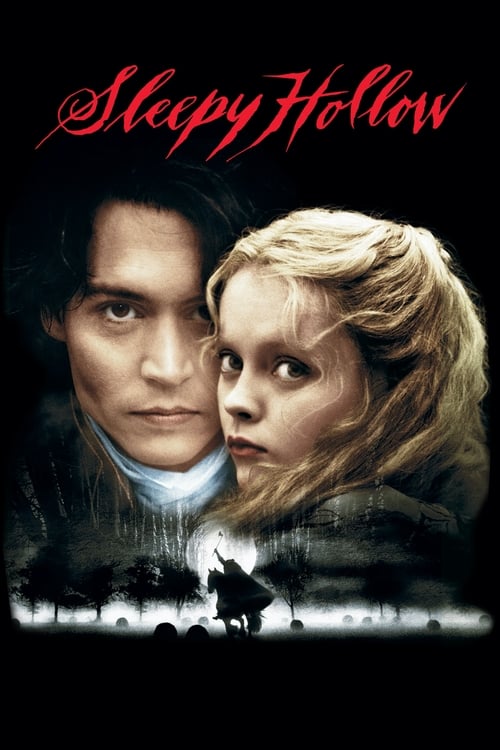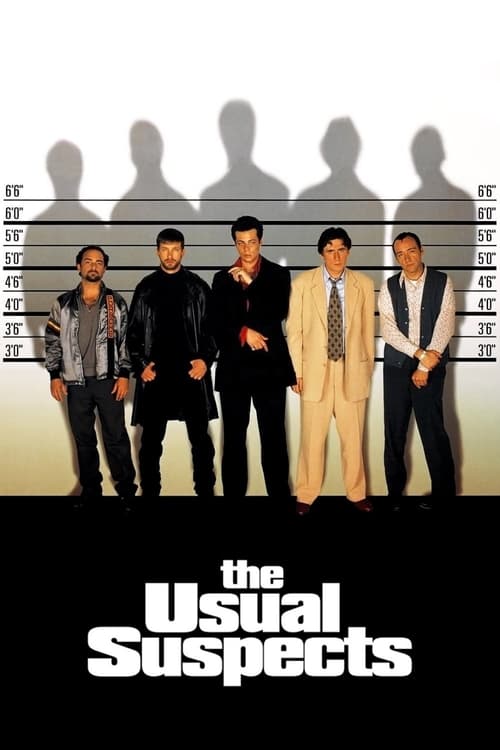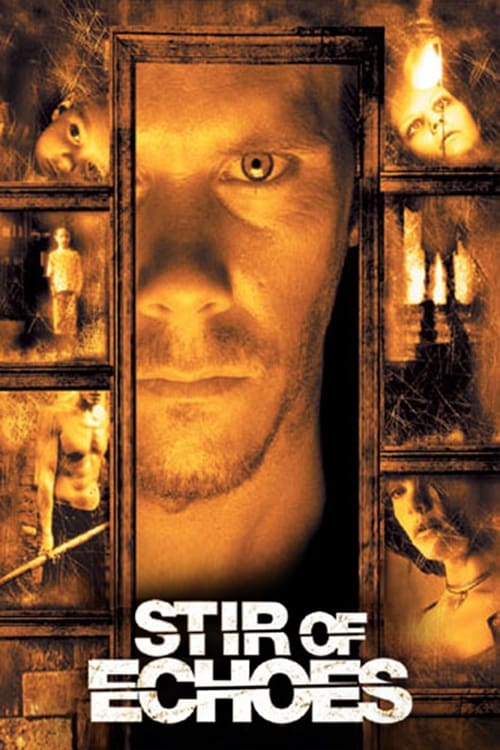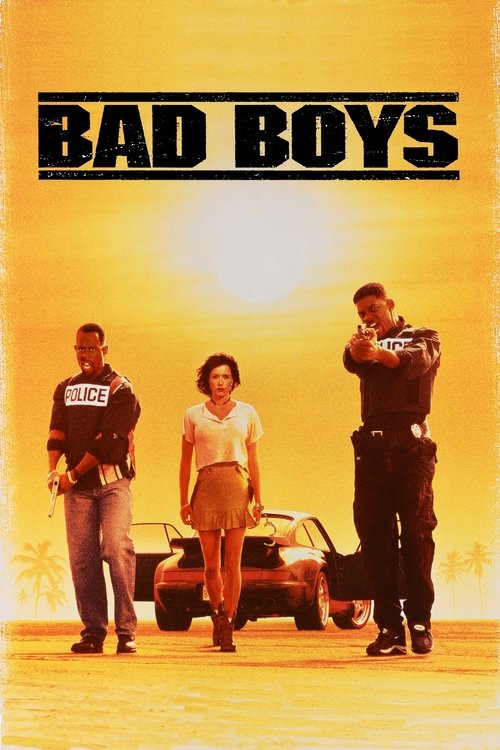
Ask Your Own Question
What is the plot?
Annie Walker arrives in a quiet small town, seeking a fresh start and hoping to leave behind a troubled past. It is early January 1997, and the chill of winter lingers in the air as she steps into the sheriff's office for her first day on the job. The town is modest, with weathered storefronts and empty streets that speak of slow rhythms and close-knit lives. Annie, portrayed with a determined yet cautious spirit, takes on the role of deputy or assistant to the local sheriff, a man who at first seems the embodiment of authority and trust.
The sheriff, whose name remains unspoken in the early scenes but whose presence looms large, greets Annie with a firm handshake and a measured smile. His office is a modest room filled with files, a worn desk, and a badge that gleams under the dim light--a symbol of law and order that will soon reveal itself as a mark of betrayal. Annie's initial days are filled with routine tasks, acquainting herself with the town's layout and its people, but beneath the surface, a tension simmers. The sheriff's demeanor shifts subtly when no one else is watching, and Annie senses that the peace of this town is fragile, perhaps even deceptive.
As days pass, Annie's curiosity grows. She notices discrepancies in the sheriff's reports and overhears hushed conversations that hint at something darker. One evening, while alone in the sheriff's office, she discovers a hidden drawer containing documents--ledgers filled with names, amounts, and coded notes. These papers expose a web of corruption involving bribery, illegal dealings, and abuse of power. The sheriff is not the protector he appears to be; he is deeply involved in criminal enterprises, possibly including drug trafficking and extortion.
Annie's discovery marks a turning point. She confronts the sheriff in a tense scene in his office, the air thick with unspoken threats. "You think you can just walk in here and expose everything?" he snarls, his voice low and dangerous. Annie stands her ground, her eyes steady despite the fear creeping in. "People deserve to know the truth," she replies firmly. The sheriff's smile fades, replaced by a cold glare that promises retribution.
The sheriff's corruption extends beyond paperwork. He commands a small network of loyal henchmen who enforce his will through intimidation and violence. One of these men, a brutish deputy named Carl, becomes a direct threat to Annie. After she tries to warn a local business owner about the sheriff's extortion, Carl confronts her late at night in a deserted street. The confrontation escalates quickly; Annie manages to fend him off, but the danger becomes painfully real.
Deaths begin to shadow the town. The first is a local informant who had promised Annie crucial information. Found dead in an abandoned barn, his body is a grim warning. Though the sheriff's men are suspected, the official story is a tragic accident. Annie, however, knows better. The death fuels her resolve.
As Annie digs deeper, she uncovers secret stashes of money and drugs hidden in remote locations around the town--evidence of the sheriff's illicit empire. She secretly records conversations and gathers documents, piecing together a case that could bring down the corrupt sheriff.
The climax builds on a cold, gray morning when Annie arranges a meeting with a state investigator she has contacted discreetly. The sheriff learns of this betrayal and confronts Annie in the sheriff's office, the tension snapping like a live wire. "You're finished, Walker," he spits, drawing a gun. Annie ducks behind the desk as bullets shatter glass and splinter wood. A fierce struggle ensues; Annie wrestles the gun away, but the sheriff's strength is overwhelming.
In the ensuing chaos, the sheriff's closest ally, Deputy Carl, bursts in, gun drawn. A violent shootout erupts. Carl fires at Annie, grazing her shoulder, but she manages to shoot him in the chest. He collapses, gasping, his life bleeding away on the cold floor. The sheriff, enraged and desperate, lunges at Annie, but she stabs him with a letter opener she grabbed earlier. The sheriff staggers back, clutching his side, and falls heavily to the ground, dead.
The aftermath is somber. The town awakens to the sheriff's death and the exposure of his corruption. State authorities arrive, taking over the investigation and promising justice. Annie, wounded but alive, watches as the badge of the fallen sheriff is taken away--a symbol of betrayal finally stripped from the town.
In the final scene, Annie packs her few belongings, standing outside the sheriff's office as the sun breaks through the clouds. She looks toward the horizon, a mixture of exhaustion and hope in her eyes. "This town deserves better," she murmurs, stepping into the light, ready to rebuild not just her life, but the community she has come to protect.
Every death--the informant's, Deputy Carl's, and the sheriff's--serves as a grim milestone in Annie's journey from hopeful newcomer to determined crusader. The sheriff's hidden corruption, the tense confrontations, and Annie's resilience weave a story of betrayal, courage, and ultimate justice in the small town that thought itself safe. The badge, once a symbol of trust, becomes a testament to the cost of uncovering the truth.
What is the ending?
In the ending of "Badge of Betrayal," the protagonist, Detective Mike McGowan, confronts the truth about the corruption within the police department. He ultimately exposes the conspiracy involving his colleagues, leading to a climactic showdown. The film concludes with McGowan's determination to uphold justice, despite the personal cost, while the corrupt officers face the consequences of their actions.
As the final act unfolds, the tension escalates. Detective Mike McGowan, having pieced together the web of deceit surrounding the police department, prepares to confront the corrupt officers who have betrayed their oath. The scene is set in a dimly lit warehouse, where McGowan knows he will find the key players in this conspiracy. The air is thick with anticipation, and McGowan's heart races as he enters, fully aware that he is stepping into a dangerous situation.
Inside the warehouse, shadows flicker as the corrupt officers gather, their faces hardened by greed and betrayal. McGowan's resolve is palpable; he is not just fighting for his own integrity but for the very soul of the police force he has dedicated his life to. As he steps forward, the tension in the room is electric. The officers, initially dismissive, soon realize that McGowan is armed with evidence that could bring them down.
A confrontation ensues, filled with heated exchanges and accusations. McGowan's voice rises above the chaos, fueled by a mix of anger and righteousness. He lays bare the truth of their corruption, detailing how they have manipulated the system for personal gain. The corrupt officers, cornered and desperate, attempt to deflect blame and intimidate McGowan, but he stands firm, embodying the very principles of justice he has sworn to uphold.
As the standoff reaches its peak, the tension breaks when McGowan's backup arrives, having been alerted to the situation. The arrival of reinforcements shifts the power dynamic, and the corrupt officers realize their time is up. In a final act of defiance, one of the officers attempts to flee, but McGowan intercepts him, showcasing his determination to see justice served. The scene is charged with emotion as McGowan grapples with the betrayal of those he once considered colleagues.
In the aftermath, the corrupt officers are arrested, their faces a mix of anger and defeat. McGowan, though victorious, is left to grapple with the emotional toll of the betrayal. He stands alone for a moment, reflecting on the cost of his pursuit of justice. The camera captures the weight of his choices, the sacrifices he has made, and the loneliness that often accompanies the path of righteousness.
As the film draws to a close, McGowan is seen walking away from the scene, a sense of resolve in his stride. He knows that while he has exposed the corruption, the battle for integrity within the police force is far from over. The final shot lingers on his face, a mixture of determination and sorrow, as he contemplates the future and the ongoing fight against betrayal in a system meant to protect.
In summary, Detective Mike McGowan emerges as a symbol of integrity, having faced the darkness within his own ranks. The corrupt officers face arrest and the consequences of their actions, while McGowan is left to navigate the complexities of justice and betrayal, embodying the film's central themes of honor, sacrifice, and the relentless pursuit of truth.
Is there a post-credit scene?
"Badge of Betrayal," produced in 1997, does not contain a post-credit scene. The film concludes its narrative without any additional scenes or content after the credits roll. The story wraps up with the resolution of the main plot, focusing on the themes of betrayal and justice, leaving the audience with a sense of closure regarding the characters and their journeys.
What motivates the main character, Detective Mike McGowan, throughout the film?
Detective Mike McGowan is driven by a deep sense of justice and a personal vendetta against corruption within the police force. His emotional turmoil is heightened by the betrayal he feels from those he once trusted, pushing him to uncover the truth behind a series of murders that seem to be connected to a larger conspiracy.
How does the relationship between Mike McGowan and his partner, Detective Lisa, evolve during the film?
Initially, Mike and Lisa share a professional camaraderie, but as the investigation unfolds, their relationship deepens. Lisa becomes a confidante for Mike, providing emotional support as he grapples with the betrayal of his colleagues. However, tension arises when Lisa's loyalty is tested, leading to moments of conflict and resolution that ultimately strengthen their bond.
What role does the character of Captain Reynolds play in the story?
Captain Reynolds serves as a pivotal antagonist in the film, representing the corrupt elements within the police department. His manipulative tactics and attempts to thwart Mike's investigation create significant obstacles, revealing the extent of the conspiracy. Reynolds' character embodies the theme of betrayal, as he is someone Mike once respected, making the conflict more personal.
What key evidence does Mike discover that changes the course of the investigation?
Mike uncovers a hidden file that contains crucial information linking several high-ranking officers to the murders. This evidence not only validates his suspicions but also puts him in grave danger, as it threatens to expose the corruption within the department. The discovery serves as a turning point, intensifying the stakes for Mike and propelling the narrative towards its climax.
How does the film depict the emotional impact of betrayal on Mike McGowan?
The emotional impact of betrayal is portrayed through Mike's internal struggles and moments of vulnerability. As he confronts the reality that those he trusted are involved in the conspiracy, he experiences feelings of anger, confusion, and isolation. These emotions are visually represented through close-up shots of his pained expressions and tense body language, emphasizing the weight of his disillusionment and the personal cost of his quest for justice.
Is this family friendly?
"Badge of Betrayal," produced in 1997, is a crime drama that delves into themes of betrayal, corruption, and moral dilemmas. While it is not explicitly designed as a family-friendly film, it does not contain extreme violence or graphic content. However, there are several elements that may be objectionable or upsetting for children or sensitive viewers:
-
Violence and Crime: The film includes scenes depicting criminal activities, which may involve confrontations and threats that could be unsettling.
-
Emotional Turmoil: Characters experience intense emotional struggles, including betrayal and moral conflict, which may be difficult for younger viewers to process.
-
Themes of Corruption: The narrative explores themes of police corruption and betrayal, which may be complex and distressing for some audiences.
-
Mature Language: There may be instances of strong language that could be inappropriate for younger viewers.
-
Tense Situations: The film contains suspenseful moments that could evoke anxiety or fear, particularly in scenes involving danger or moral choices.
Overall, while "Badge of Betrayal" does not feature explicit content, its themes and emotional depth may not be suitable for all children or sensitive individuals.
































